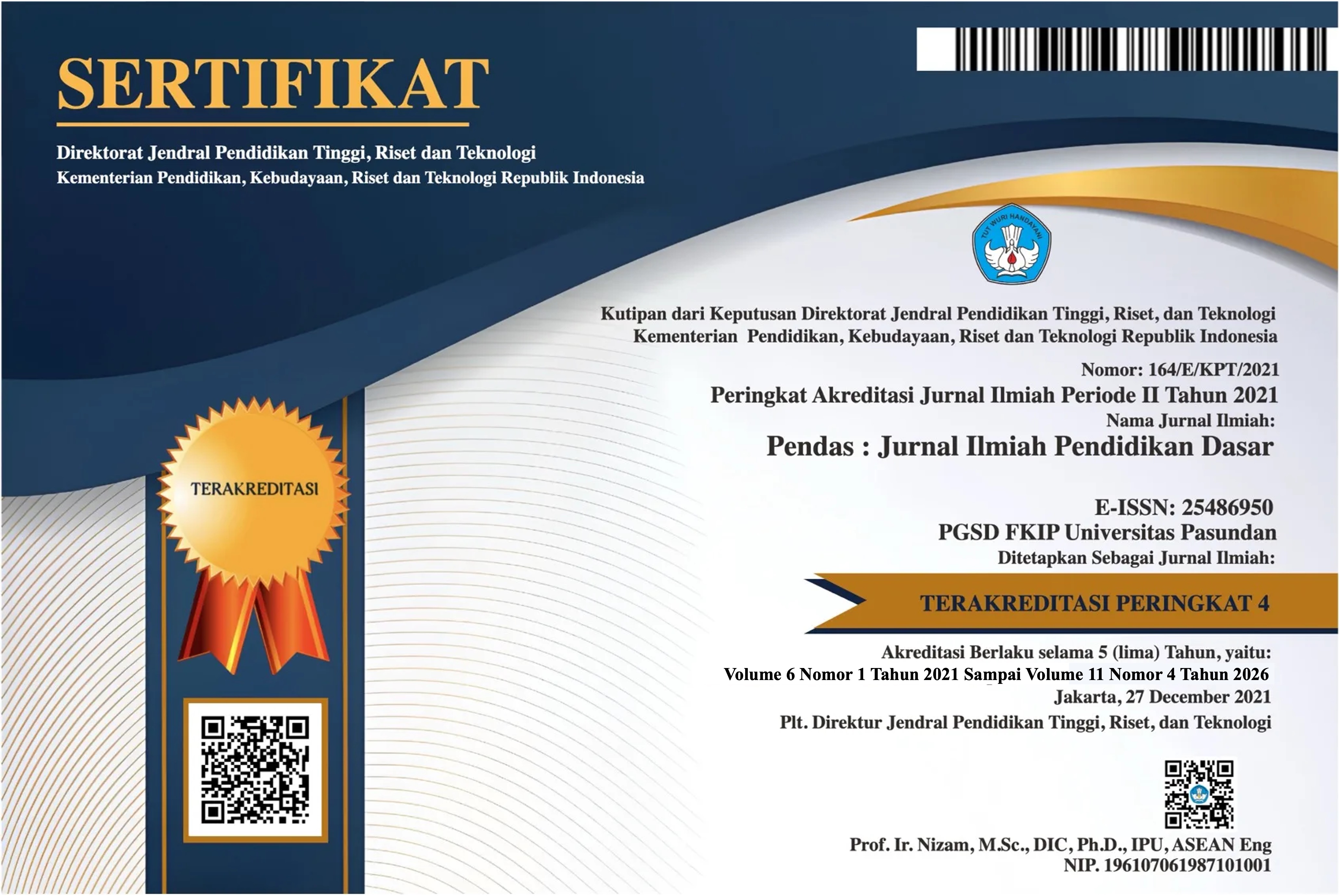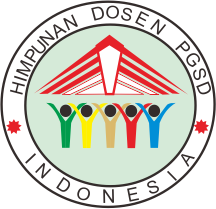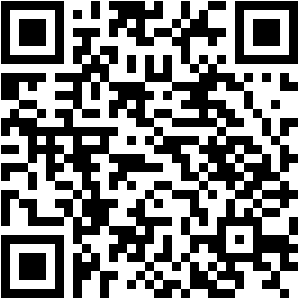PERAN TRISENTRA PENDIDIKAN DALAM OPTIMALISASI PROGRAM SEKOLAH RAMAH ANAK DI SDN 2 PANCOR
DOI:
https://doi.org/10.23969/jp.v10i04.35250Keywords:
Tri center of education, child-friendly school, educational collaboration, family role, school community.Abstract
This research aims to analyze the role of the tri center of education family, school, and community in optimizing the implementation of the Child-Friendly School (CFS) program at SDN 2 Pancor. The study employed a qualitative method with a phenomenological approach. Data were collected through interviews, observations, and documentation involving the school principal, parents, and local community members. The findings reveal that the successful implementation of the child-friendly school program at SDN 2 Pancor is the result of strong synergy among the family, school, and community. Families play a vital role as the first and foremost educational environment, providing guidance, learning support, and instilling values of discipline and respect. Schools act as formal learning centers that create safe, comfortable, and inclusive environments through participatory learning and the provision of adequate facilities. Meanwhile, the community serves as a strategic partner by offering moral support, social engagement, and maintaining a healthy environment through joint activities, religious guidance, and community safety agreements around the school. Thus, collaboration among these three educational pillars has proven effective in creating a safe, enjoyable, and child-friendly learning climate. The results of this study are expected to serve as a reference for other schools in developing similar sustainable programs.
Downloads
References
Akhyar, Y. (2024). Implementasi Program Sekolah Ramah Anak di Tingkat Sekolah Dasar. Jurnal Pendidikan Dasar Indonesia, 9(2), 155–168.
Bandura, A. (1977). Social Learning Theory. Englewood Cliffs, NJ: Prentice-Hall.
Bronfenbrenner, U. (1979). The Ecology of Human Development: Experiments by Nature and Design. Cambridge, MA: Harvard University Press.
Evianah, N. (2023). Pentingnya Sekolah Ramah Anak Sebagai Bentuk Pemenuhan dan Perlindungan Anak. Jurnal Ilmiah Pendidikan dan Hukum, 5(1), 1–10.
Fahruddin, A. H., Suryana, D., & Rahmawati, I. (2021). Internalisasi Nilai Multikulturalisme melalui Pendidikan Islam: Interrelasi Trisentra Pendidikan pada Masyarakat Multireligius Desa Balun Lamongan. Jurnal Pendidikan Agama Islam, 8(2), 45–62.
Ki Hajar Dewantara. (2013). Pendidikan: Pemikiran, Konsepsi, Keteladanan, dan Kebudayaan. Yogyakarta: Majelis Luhur Persatuan Taman Siswa.
Prasetyo, A. D., & Abduh, M. (2021). Peran Keluarga terhadap Motivasi dan Perilaku Sosial Anak Sekolah Dasar. Jurnal Pendidikan Karakter, 11(2), 212–225.
Rogers, C. R. (1983). Freedom to Learn for the 80’s. Columbus, OH: Merrill Publishing Company.
Yosada, F., & Kurniati, D. (2019). Sekolah Ramah Anak sebagai Upaya Peningkatan Kualitas Pembelajaran dan Karakter Siswa Sekolah Dasar. Jurnal Pendidikan Dasar Nusantara, 5(3), 145–154
Downloads
Published
Issue
Section
License
Copyright (c) 2025 Pendas : Jurnal Ilmiah Pendidikan Dasar

This work is licensed under a Creative Commons Attribution 4.0 International License.


















